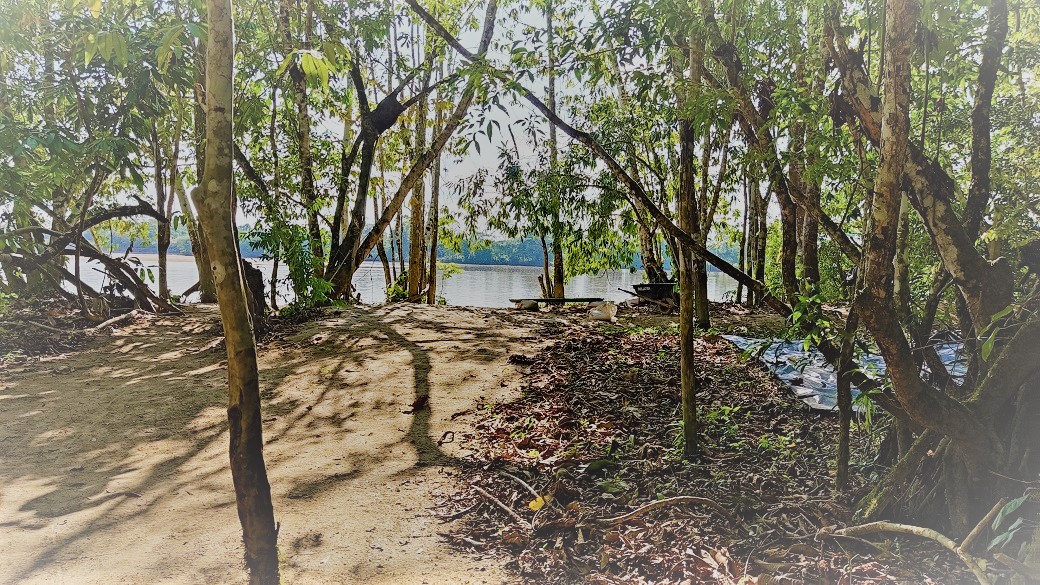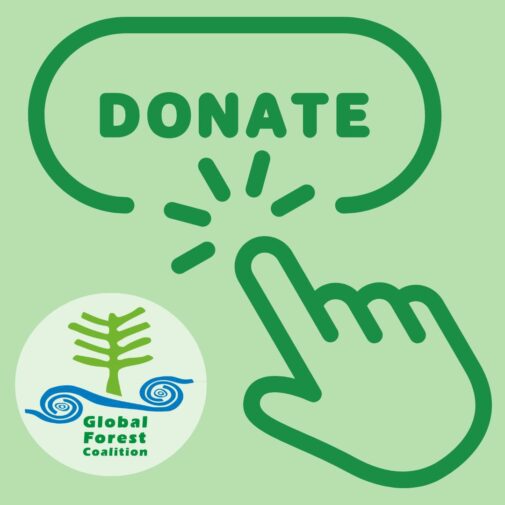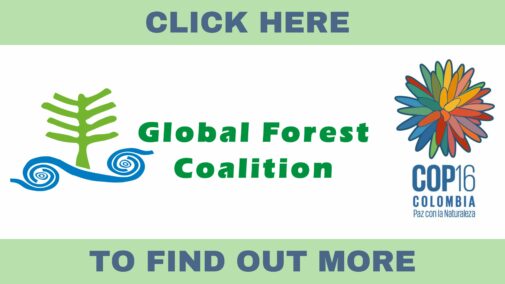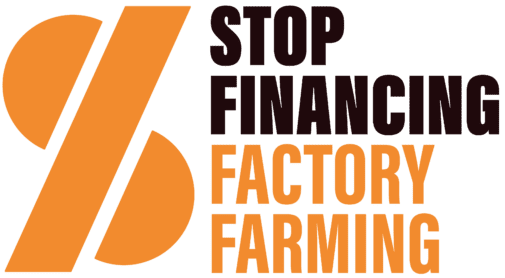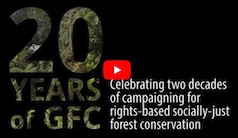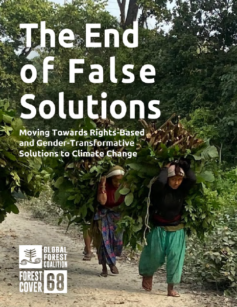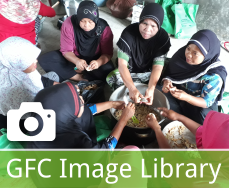Forests and IMFP’s: Impressions from Durban
By Philip Owen, GeaSphere
I had the opportunity to attend some events related to the World Forestry Congress, held in Durban from 7 – 11 September., 2015. For this I thank the Global Forest Coalition, who facilitated the attendance of a small group from GeaSphere, Dr. Mashile, five community members from Mariepskop, two young German GeaSphere Volunteers and me.
The main event we attended was the Community Conservation Resilience Initiative (CCRI) Conference. The Global Forest Coalition (GFC) is facilitating the CCRI processes in 20 countries. GeaSphere is facilitating the initiative in South Africa. The process involves a ‘bottom up’ community assessment of environmental threats and challenges . Community members reflect upon current and historical land management, appropriate community driven interventions and solutions.
The GFC workshop brought together around a hundred members from the coalition. The GFC has membership of more than 70 organizations, from more than 50 countries. It was great to experience the solidarity in this group. We heard from various assessments that has already been conducted, and it was clear that there were many commonalities among various local struggles for a functional integrated environment.
Most prominent was the threat of ‘industrialization’ of the landscape, with large ‘agribusiness’ turning the land purely into a commodity to be exploited for financial gains. It was common to hear from participants about large-scale timber plantations of pine, eucalyptus, palm oil and jetropha – degrading the landscape and ultimately leading to impoverishment of soils, biodiversity and livelihoods.
The Mariepskop representatives who attended the event left motivated and enriched by the experience, having found courage in the knowledge that in many communities around the world there are similar issues, activism and activities working towards positive change.
I was asked to represent the GFC at ‘The Forest Dialogue’ (TFD). This was a meeting of leaders in the industry, with representatives from Sappi, Mondi, Stora Enzo , WWF and other very large corporations and institutions. In these circles there is a opposite view than that held by environmental / social activists. Industry representatives predict growth of “Intensively Managed Forest Plantations” (IMFP’s) due to the rising demand for wood as a fuel for ‘bioenergy’.
There is a old African custom where at some meetings, each participant receives 5 beans at the start of the meeting. Every time a participant speaks, one bean is used. Thus participants are limited in the number of times they can contribute, and care has to be taken that each input is meaningful and valuable. At TFD I had used up all my beans and more.
I argued that IMFP’s are not sustainable; that they impact extremely negatively on soil, water and biodiversity resources and that this is leading to a collapse in ecosystem integrity. I argued that there must be real change in the model, that there should be diversity incorporated within plantation compartments, that wider ‘ecological corridors’ should be established, that indigenous timber species should be cultivated for a longer rotation, higher value product.
We had discussions about the need for a proper definition of ‘degraded land’ as often land which is termed ‘degraded’ are still home to vast inherent biodiversity and can naturally recover is pressure is removed (for example where ‘deforestation’ had occurred in a natural forest landscape). ‘Degraded land’ is used as justification for ‘improvement’ by plantations establishment – which leads to a complete landscape transformation and loss of biodiversity and natural services.
It was interesting to hear from industry representatives talk of ‘physical sustainability challenges – clearly growing conditions are becoming less favourable, as successive plantations of high impact monoculture impoverishes the soil. There is no amount of bioengineering or technological fixes that can substitute living soil at the scale which will be required.
Also interesting to hear industry representatives discussing diversification, and the potential of using indigenous timber species. In Brazil there are more than 600 timber species which are native to the area. But the entire industry utilizes two exotics, pine and eucalyptus.
The current forestry model is a reflection of the consumer driven societies in which we are complicit. It is a model that is based upon resource exploitation which is not sustainable. Production is linked to consumption, thus a much broader globalawareness and commitment is required by a multitude of stakeholders to implement real change.
One late night in front of the hotel where we stayed, a woman appeared out of the dark with a long black hooded coat and a voice that was both cold and warm. She begged for some money, and I gave her the few rands that I had in my pocket. We had a few minutes conversation, and I learnt about her life on the street, her struggle to find a job in the city, having moved to Durban from Cape Town a few months earlier. She lived with her two year old son in a shelter, and for her room she has to pay R80 (5USD) per day. She told me that she is trying to find a job, but in the evenings she begs to collect some money to survive. She told me that in her experience (with few exceptions) ‘foreigners’ don’t give money to beggars like her. South Africans do. It may be because these struggling people are our people and it is our responsibility to care more.
The final activity I participated in was the Civil Society Alternative Program (CSAP) which was organized by members of the TimberWatch Coalition. This was a opportunity to learn from grassroots organizations involved in various struggles around land degradation – significantly due to ‘fake forests’ or large scale timber plantations.
At this event, I had the opportunity to ask Kumi Naidoo (GreenPeace) why GP still support the FSC, despite the fact that in so many countries around the world, large scale industrial timber plantations with negative socio-ecological impacts are FSC certified as responsibly managed forests? To this the answer was that due to the ‘successes’ in the global ‘Forest’ campaign they continue to work within and support FSC.
A timber plantation is NOT A FOREST… and it does not have all the inherent positive attributes of a forest.. Wrong can not be right.
I had a opportunity to deliver a presentation at the CSAP, where I talked about the ‘forestry’ issues with which GeaSphere has been involved, the value of grassland, certification, alternative diversity based forest models and the need for civil society to participate in industry and government processes.
My traveling companion for most of this journey was Dr. Alexander Mashile. He introduced me to the concept of the ‘three D’S” Discover, Develop and Demonstrate.
My experience in Durban allowed me to do all three of these things.
Philip Owen, GeaSphere
October 2015

